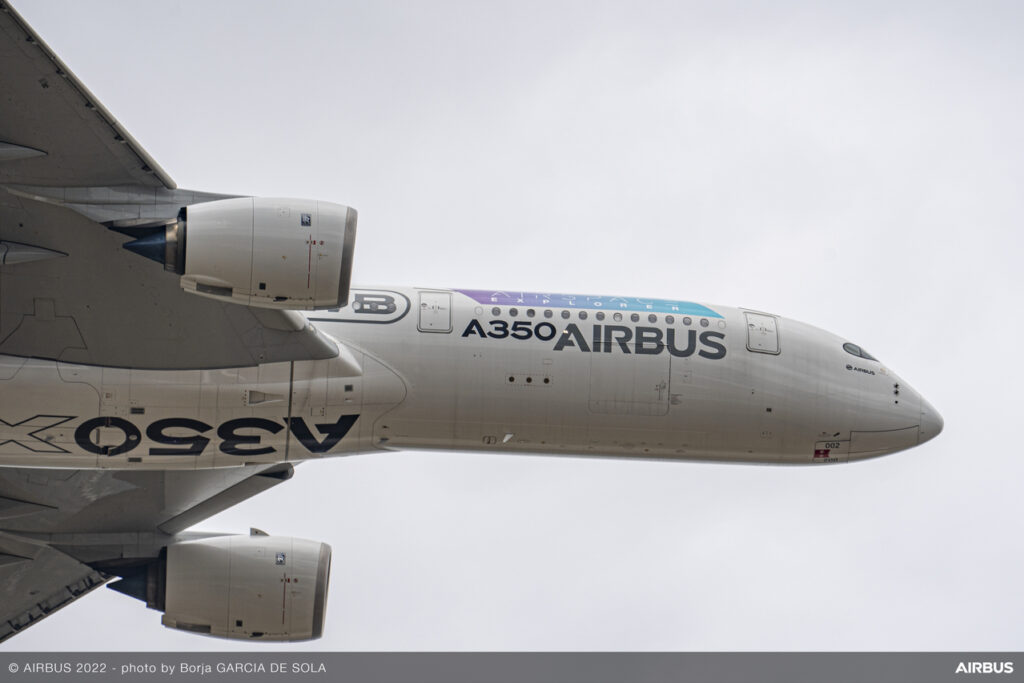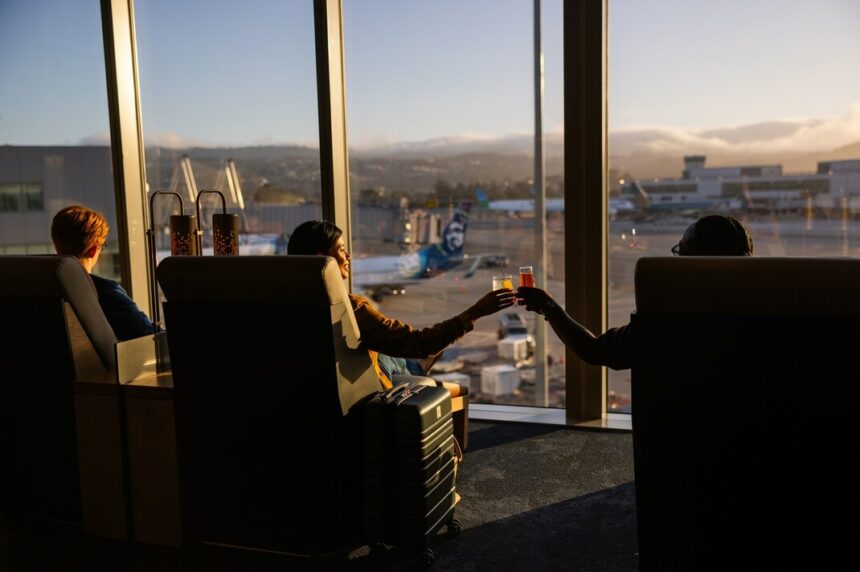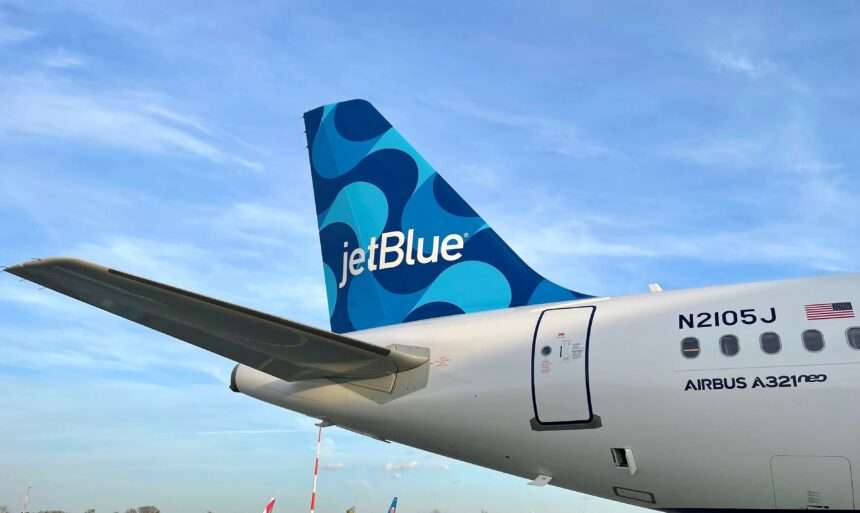According to the latest Airbus Global Market Forecast, airlines based in the Pacific region will take delivery of 920 new aircraft over the next 20 years. The manufacturers forecast touts an average growth in passenger traffic in the region of 3.2% per annum.
The estimate for 920 new aircraft for the region includes around 750 single aisle aircraft like the A220 and A320 Families and around 170 widebodies like the A330neo and A350.
Regional growth and current fleet upgrades
Around 55% of this demand will be for growth and 45% will be to replace aircraft currently in service.
The forecast was presented by Stephen Forshaw, Airbus Chief Representative for Australia, New Zealand and the Pacific, on the eve of the Avalon Airshow taking place between 28 February and 5 March 2023, in Melbourne.
“We are already seeing steady recovery in global air traffic and a renewed confidence in the growth of the industry. This is particularly evident in the Pacific region, where we are seeing a surge in travel demand and an increase in flights to and from key destinations,” he said.
“A priority for airlines in this region is ensuring that the air transport sector can grow in a sustainable way.”
“This has become an increasingly important factor when airlines make fleet decisions and Airbus is well-placed with the modern and comprehensive product line available today, offering a reduction in fuel consumption and emissions of up to 25%.”
The move towards sustainability
Mr Forshaw added that the replacement of older generation aircraft was just a first step on the journey to decarbonise the aviation sector.
“Looking to the future, we need to increase the production and availability of sustainable aviation fuels in this region and explore new sources of energy, including hydrogen and synthetic fuels. This requires a new level of collaboration between all the stakeholders involved.”
In the Pacific region Airbus has entered into significant partnerships over the past year to advance its ambitions.
These include a joint fund with Qantas to encourage industry to develop the necessary ecosystem in Australia and a project with Air New Zealand to study applications for hydrogen powered aircraft on its domestic network.
Airbus is also involved in studies with Australia’s Fortescue Future Industries (FFI) and most recently announced its participation in a new hydrogen consortium in New Zealand alongside Christchurch Airport, Air New Zealand, FFI and several start-ups.
Stephen Forshaw added: “All our focus today ultimately converges on one objective and that is the decarbonisation of our industry.”
“We have a duty to ensure that generations to come will be able to experience the joy of travel in the way we have done, to discover the world, to connect with others and experience new cultures. All this while protecting our environment.”
The Pacific as a key market
The Pacific region is a key market, with 170 Airbus aircraft currently in service with airlines in Australia, Fiji, New Caledonia, New Zealand, and the Solomon Islands.
Another 166 aircraft are currently on order for future delivery to Pacific carriers. This represents 75% of the total backlog of orders from airlines in the region for all manufacturers.
Globally Airbus forecasts demand for 39,490 new aircraft over the next 20 years, including 17,620 in the wider Asia-Pacific region.









